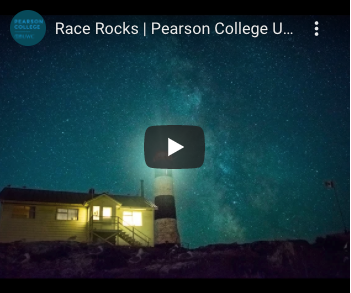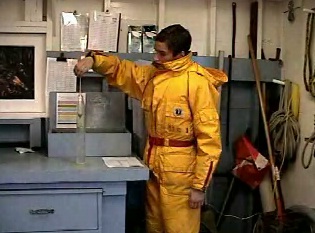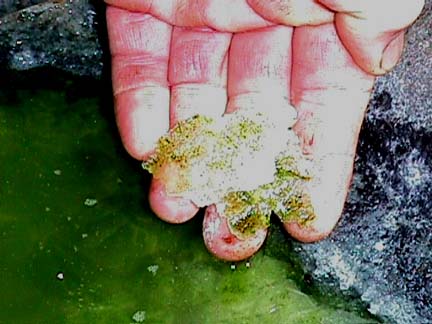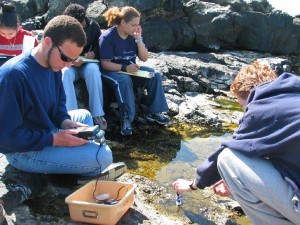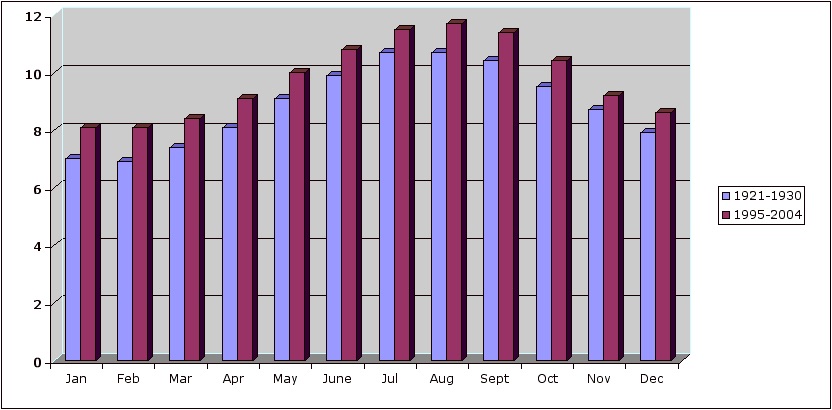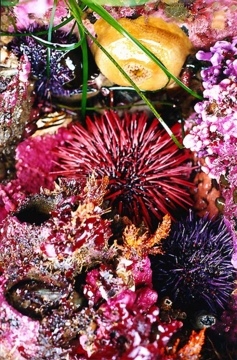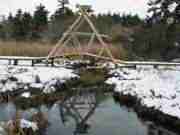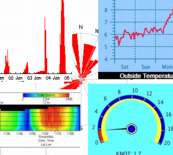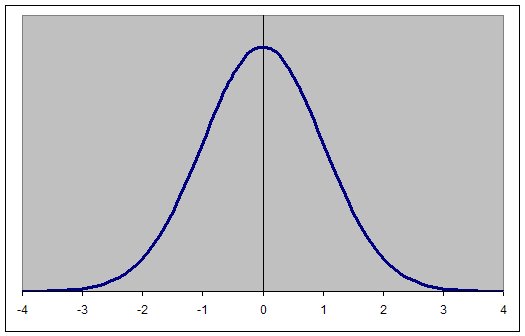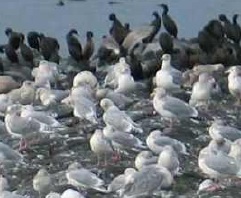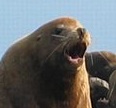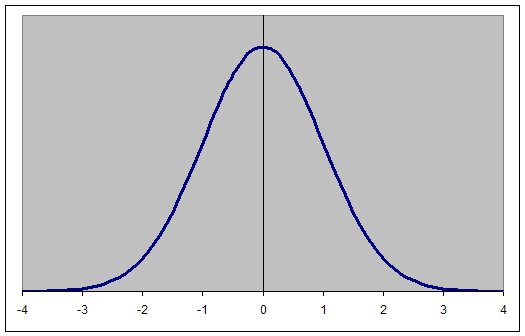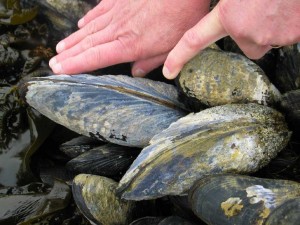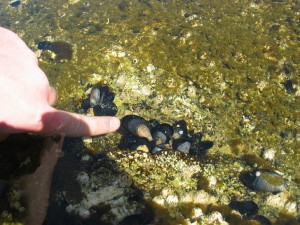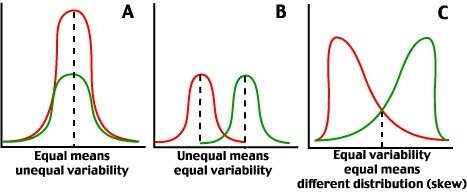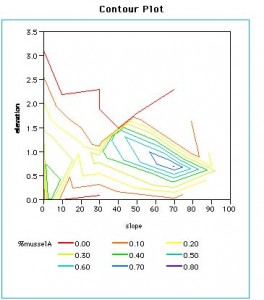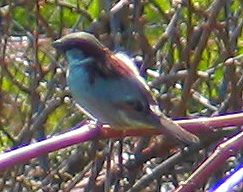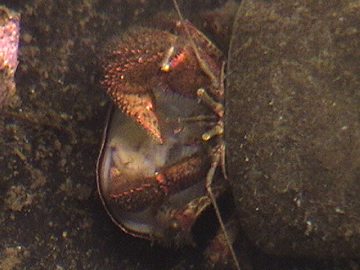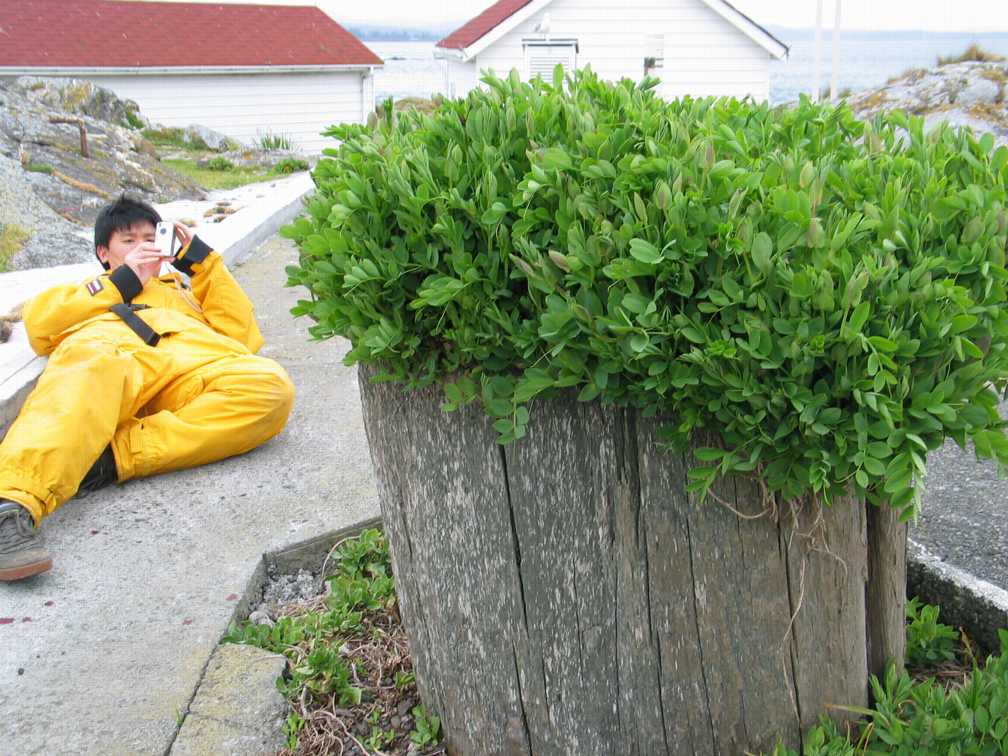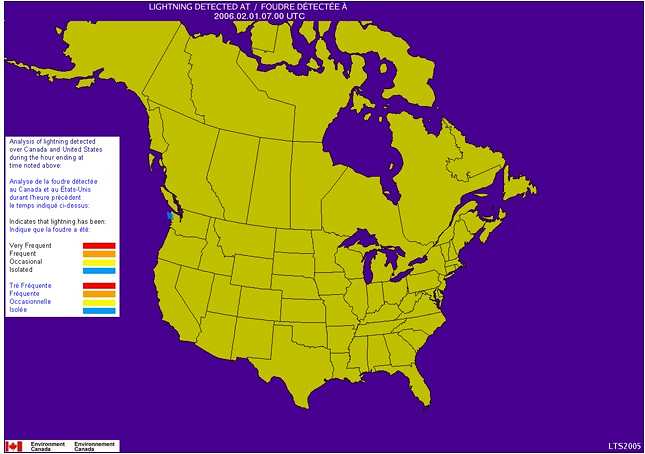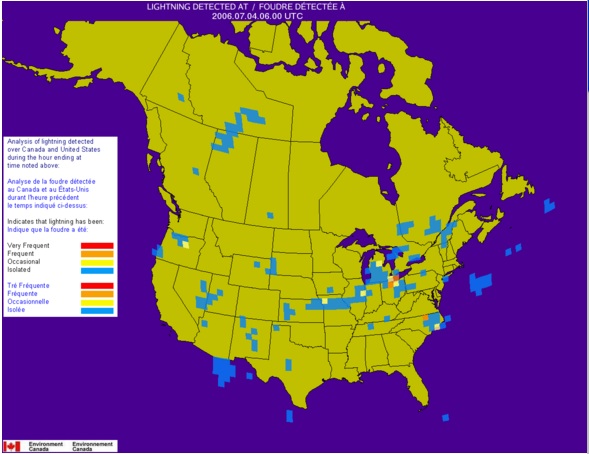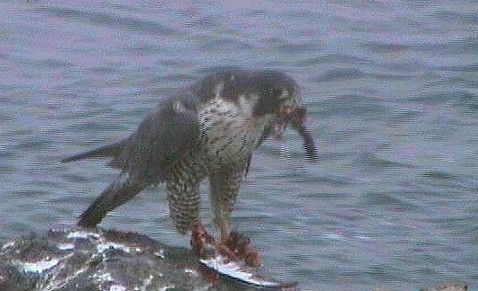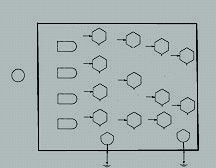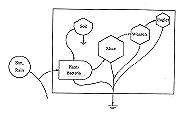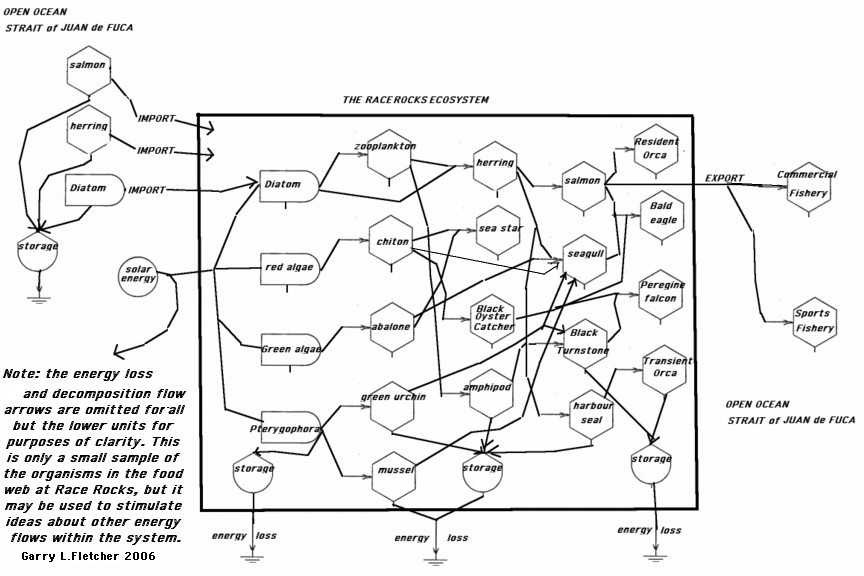The students of Lester Pearson College are frequently taken to Race Rocks for educational field labs. Pearson College has, since automation in 1997, paid for the staffing and upkeep of the island. These videos portray some of the exercises that are done throughout the year on the island. The college biology and environmental systems classes, students on special projects, and outside researchers make extensive use of the facilities. In addition several videos portray the physical factors that help to make Race Rocks an unusual ecosystem.
Facilities on the Island and the MPA.
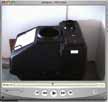 |
 |
 |
|
| Installation of Composting Toilets at Race Rocks | The future of alternate energy at Race Rocks. Interview with Taco Niet, Masters student at the University of Victoria (June 2001) |
Race Rocks is officially declared a Marine Protected Area by Canada’s Ocean’s Minister Herb Dhaliwal and British Columbia’s Environment Minister Joan Sawicki. Also see the MPA day File. |
Underwater Research
at Race Rocks
 |
 |
 |
 |
| Abalone tagging at Race Rocks with Pearson College graduate Jim Palardy | A dive with Dr. Scott Wallace for the Discovery Channel, May 7, 2000 |
Alberto Lindner of Brazil visits Race Rocks for research on the Hydrocoral Allopora | Dr. Gitai Yahel and research on Ecology of Suspension Feeders |
Physical Factors and their Effects on Race Rocks
 |
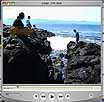 |
 |
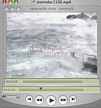 |
| Tidal Level Variation at Race Rocks | Surge Channel and Surge as an Abiotic Factor | The Flood Current at Race Rocks | Wind Storm at Race Rocks |
